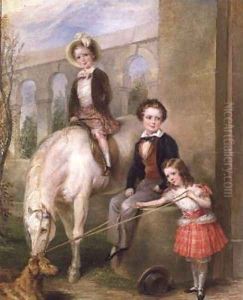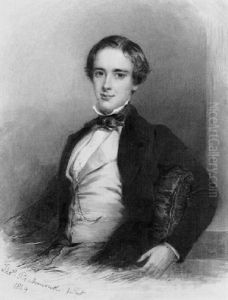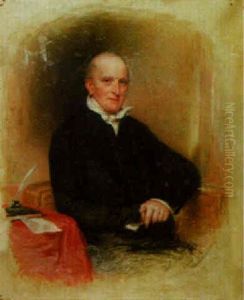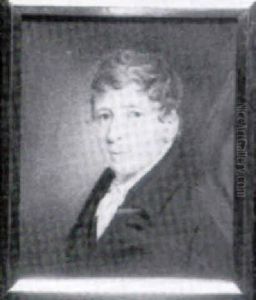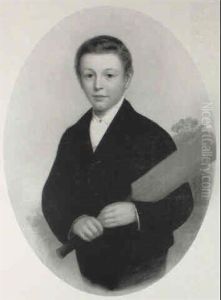Thomas Junior Richmond Paintings
Thomas Junior Richmond, often simply known as Thomas Richmond, was an English portrait painter born in 1802 in Brompton, near Northallerton, Yorkshire. He was part of a family deeply involved in the arts; his father Thomas Richmond was also an artist, known for his miniature paintings. The younger Richmond initially followed in his father's footsteps, focusing on miniature painting before transitioning to larger canvases.
Richmond's career began to flourish when he moved to London. There, he studied under Sir Thomas Lawrence, who was a prominent portraitist of the time. Under Lawrence's tutelage, Richmond honed his skills and developed a style characterized by a fine attention to detail and a keen sense of character, which made his portraits highly sought after by the aristocracy and the well-to-do.
Throughout his career, Richmond traveled extensively for commissions, painting portraits of notable figures in society across England and Scotland. He also spent time in Rome, where he was influenced by the works of Italian masters, an experience that further refined his technique and understanding of light and composition.
Despite his success as a portrait painter, Richmond is not as widely remembered as some of his contemporaries. He did not seek the limelight as aggressively as some artists of his era, and hence, his work, while respected, did not always receive the same level of public adulation. Nevertheless, his portraits continue to be appreciated for their craftsmanship and the window they provide into the fashions and personalities of the 19th century British elite.
Richmond passed away in 1874, having contributed a significant body of work that offers insight into the era's artistic and social circles. His legacy is preserved in various collections, including those of the National Portrait Gallery in London, where some of his works are displayed.
